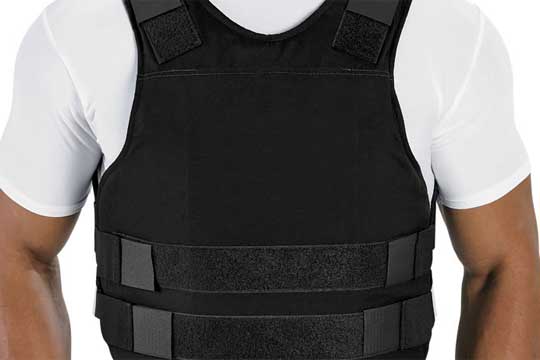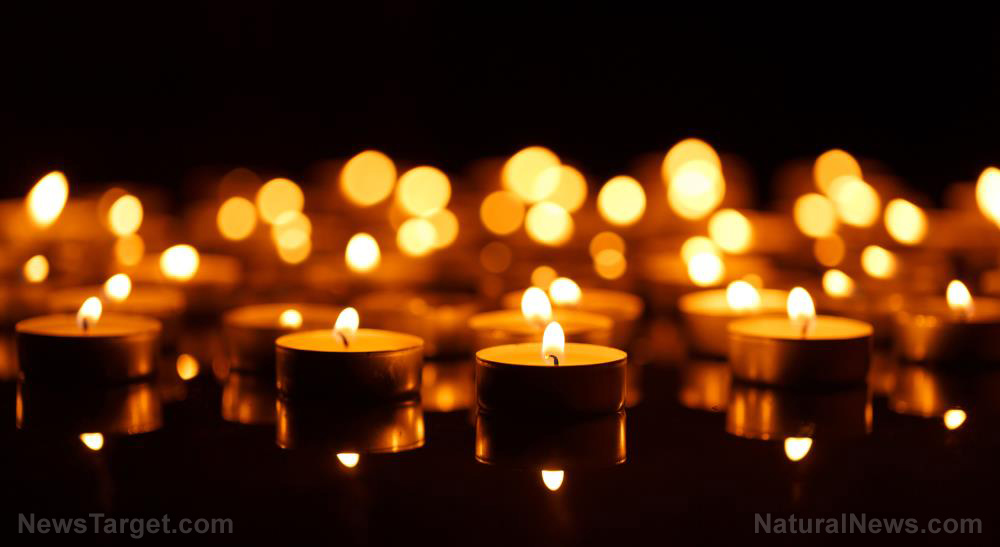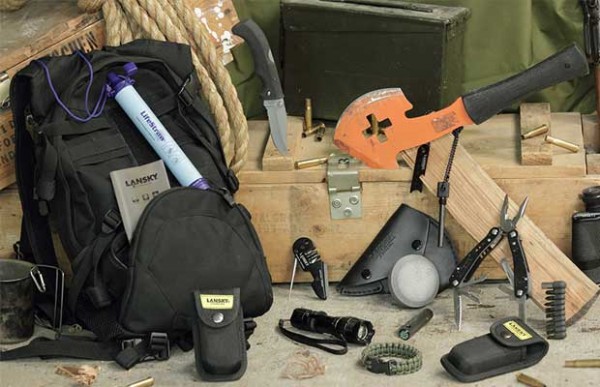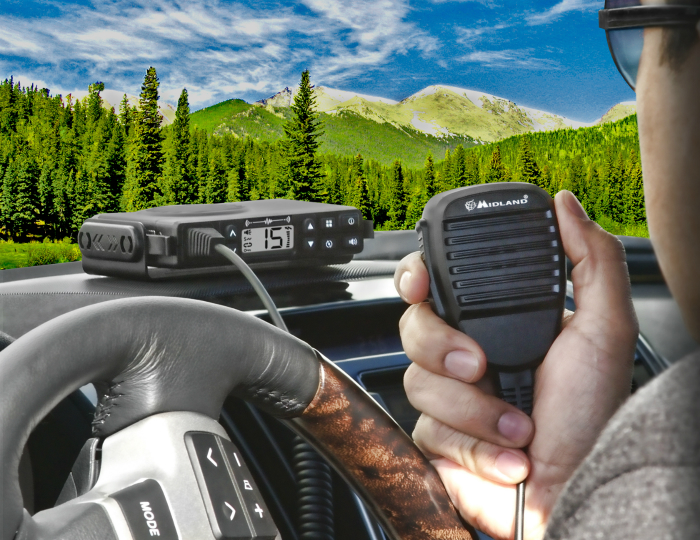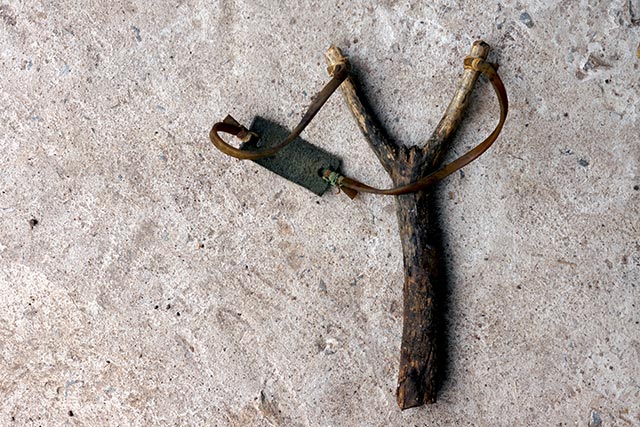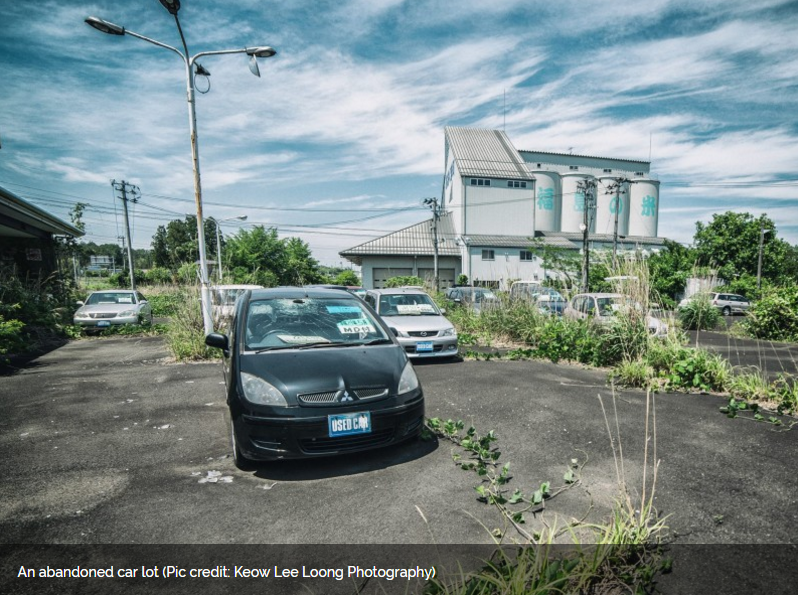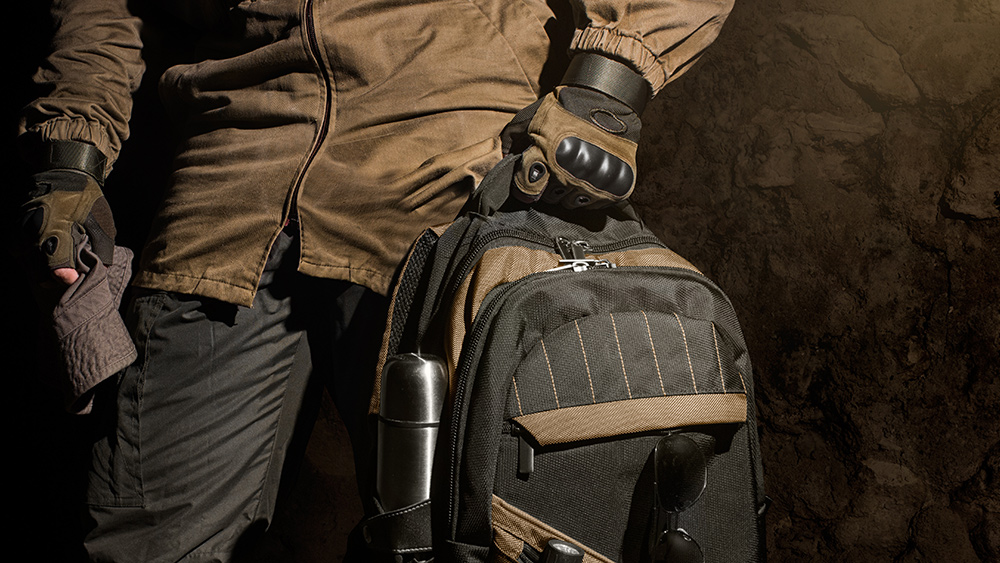Survival 101: 5 Reasons to set up a safe room or storm shelter
06/21/2021 / By Virgilio Marin

It makes more sense to bug in if a disaster suddenly hits your area than to bug out. In an abrupt survival scenario, heading out while a storm or twister is ripping through your neighborhood is very dangerous. It’s much safer if you stay in an underground bunker near your home.
This is where a safe room or storm shelter comes in. A safe room is a hardened structure designed to provide near-absolute protection during certain disasters, such as tornadoes and earthquakes. Similar to a safe room is a storm shelter, which is specifically designed to withstand dangerous high winds and flying debris.
You should consider setting up a safe room or storm shelter so you can bug in with your family. Either of the two survival shelters offers protection from the following disasters: (h/t to FamilySurvivalPlanning.com)
Tornadoes
Tornadoes are mobile, destructive vortexes of violently rotating winds that can reduce structures to a pile of debris. They can happen everywhere, but in the United States they are most common in the Midwest. The most tornado-prone states are Texas, Kansas, Florida, Oklahoma and Nebraska. If you live in one of those states, you should consider building an underground storm shelter for your and your family’s safety.
Hurricanes
Hurricanes also produce powerful winds that can level houses and other conventional structures. But these disasters come with additional threats, such as flooding and storm surges. So when installing a safe room, place it someplace elevated so it doesn’t get submerged in water.
Airborne contamination
Airborne contamination can take the form of radioactive fallout, a biowarfare attack, a chemical spill or even the smoke from a wildfire. In any of those situations, the air is no longer safe to breathe. If inhaled, it can suffocate or damage your lungs and kill you.
A properly equipped safe room can protect against airborne contamination. A full filtration and environmental/atmospheric system with air scrubbers, sensors and overpressure systems can clean the air. You can stay inside this safe room until authorities say it’s safe to go outside. (Related: Will you know when it’s time to bug out? 14 signs to watch for.)
Earthquakes
The best course of action during an earthquake is to go outside and stay away from buildings, trees, power lines and any other tall structures that can collapse. But earthquakes are unpredictable. And if you live in a big house that’s not built to withstand earthquakes, it can take several minutes before you reach the door. Consider building a storm shelter inside your home to protect against falling debris.
Terrorist attacks
A terrorist attack can take any form, from bombings to biological agent releases and the deliberate setting of mass fires. If an attack takes place near residential neighborhoods, a safe room that is heavily reinforced with armored walls can save you and your family.
Reminders when building a safe room or storm shelter
You should hire a professional to build your survival shelter because a safe room must meet the standards set by the Federal Emergency Management Agency. However, you can choose where to build it and then consult this location with a contractor.
The basement and the garage are the best places to install a storm shelter, but the ideal location also depends on the disasters that typically hit your area. If your state is prone to hurricanes, you’ll be much safer if you put it somewhere elevated than in the basement.
Once you have a safe room or storm shelter at home, stock it with the following survival supplies:
- Food and water
- Cellphone and emergency radio
- First-aid kit and medications
- Weapons for home defense
- Emergency toilet
- Flashlights, headlamps and other sources of light
- Blankets and body warmers
- N95 masks
- Portable oxygen tanks
It’s important to have a safe room or storm shelter in or near your home so you can bug in should an unexpected disaster hit your area. Consult a professional when building a survival shelter to ensure that everything is up to code.
Sources include:
Tagged Under: airborne contamination, bug in, bug out, Bunker, disaster, disaster preparedness, Disasters, earthquakes, emergency, Gear, Hurricanes, preparedness, prepper, prepping, safe room, SHTF, storm shelter, survival, survival shelter, survivalist, terrorist attacks, tornadoes, weather
RECENT NEWS & ARTICLES
COPYRIGHT © 2018 SURVIVALGEAR.NEWS
All content posted on this site is protected under Free Speech. SurvivalGear.news is not responsible for content written by contributing authors. The information on this site is provided for educational and entertainment purposes only. It is not intended as a substitute for professional advice of any kind. SurvivalGear.news assumes no responsibility for the use or misuse of this material. All trademarks, registered trademarks and service marks mentioned on this site are the property of their respective owners.






